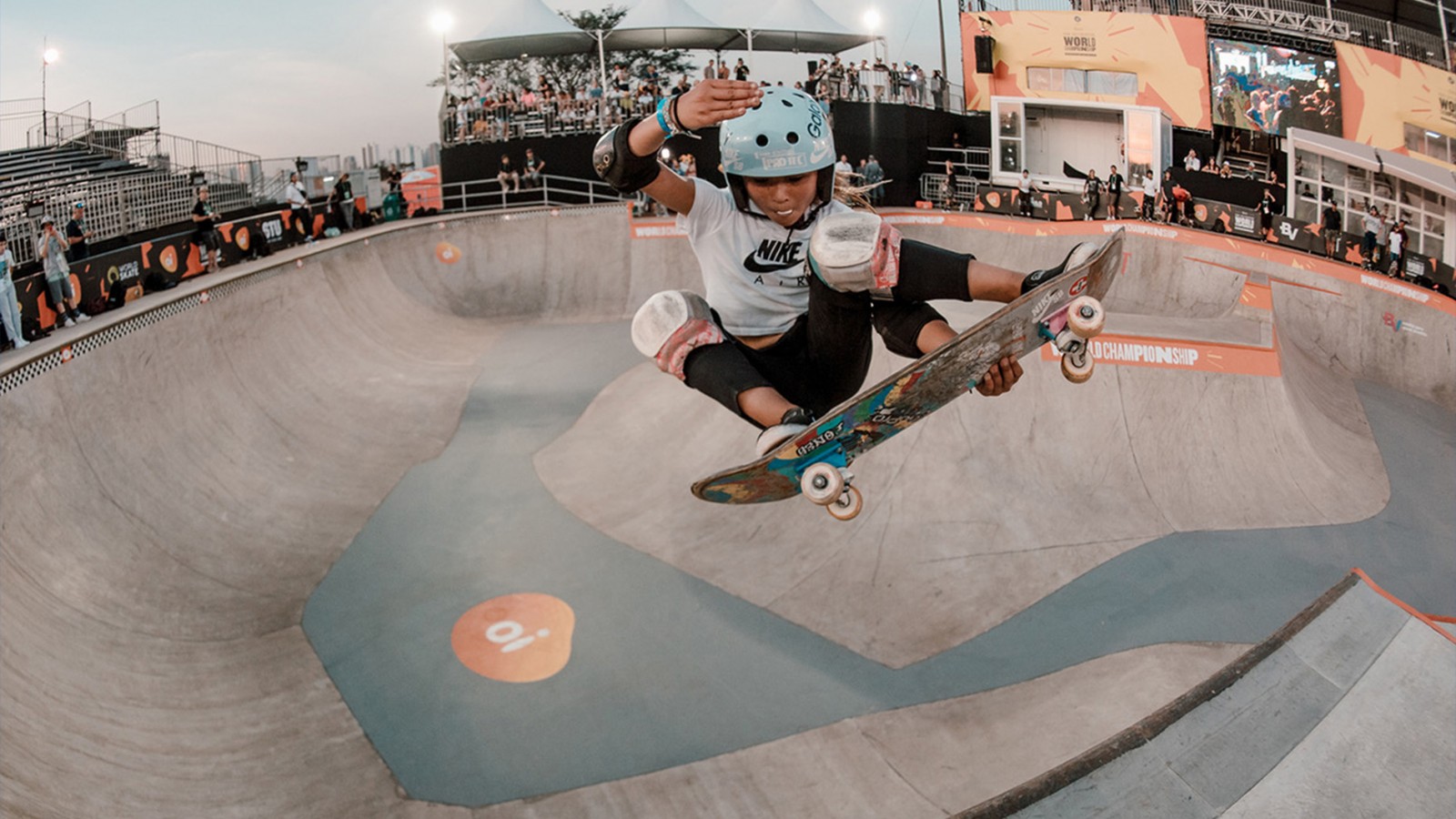
The Ultimate Baseball Training Equipment List: From Backyard Practice to Professional Performance
Baseball, a sport demanding precision, power, and unwavering dedication, requires comprehensive training to reach peak performance. This isn’t just about hitting home runs; it’s about refining every aspect of the game, from pitching accuracy to fielding finesse. Achieving this level of mastery necessitates the right equipment. This article provides a comprehensive guide to baseball training equipment, categorized for clarity and effectiveness, covering everything from the essentials for beginners to advanced tools used by professionals.
I. Essential Equipment for Beginners:
Starting your baseball journey requires a foundational set of tools. While you might not need the most advanced technology, investing in quality basics will ensure a safe and productive learning experience.
-
Bat: Choosing your first bat is crucial. For younger players, lighter aluminum bats are recommended, focusing on swing weight and balance rather than sheer power. Look for bats with a comfortable grip and appropriate length. Remember to check league regulations regarding bat type and material.
-
Baseball Glove: A well-fitted glove is paramount. A glove that’s too large will be cumbersome, while one that’s too small will be uncomfortable and hinder proper catching technique. Leather gloves are preferred for their durability and break-in potential, developing a personalized feel over time. Consider a youth-sized glove for beginners, ensuring it’s properly broken in before use.
-
Baseball: High-quality baseballs are essential for consistent practice. Choose balls appropriate for your skill level; softer balls might be better for younger players to avoid injury. Ensure you have enough baseballs for consistent practice sessions.
-
Batting Tee: A batting tee provides a stable platform for practicing your swing, allowing you to focus on technique without worrying about retrieving the ball. Adjustable tees allow for varied ball heights, mimicking game scenarios.
-
Bucket or Net: A sturdy bucket or net for retrieving baseballs saves time and energy during practice. Nets provide added safety, preventing stray balls from causing damage or injury.
-
Protective Gear (Optional but Recommended): For beginners, especially younger players, protective gear like a batting helmet and batting gloves can mitigate the risk of injury. These are inexpensive but invaluable investments.
II. Intermediate Training Equipment:
As your skills progress, so should your training equipment. Intermediate players can benefit from more specialized tools to target specific areas of improvement.
-
Pitching Machine: A pitching machine provides consistent practice pitches, allowing you to refine your hitting technique against varied speeds and locations. Choose a machine appropriate for your skill level and consider features like adjustable speed and pitch type.
-
Soft Toss Trainer: This tool helps improve hand-eye coordination and batting timing. It allows you to practice your swing without the need for a pitching machine or partner.
-
Fielding Training Aids: These include tools like ground balls and fly balls, designed to improve your fielding skills. Quick-release ground balls help develop reaction time, while fly balls improve your catching technique.
-
Weighted Bat: Using a weighted bat during practice can improve bat speed and overall strength. It strengthens muscles used in swinging, leading to improved power and control. Remember to use it cautiously and gradually increase weight.
-
Swing Trainer: Swing trainers help correct bad habits and refine swing mechanics. They can provide feedback on your swing path, timing, and power generation.
-
Base Running Equipment: This can include agility cones, hurdles, and timing devices to improve speed, acceleration, and base running techniques.
III. Advanced Training Equipment for Serious Players:
Professional-level training demands advanced tools that provide precise data and individualized feedback.
-
High-Speed Video Analysis System: Analyzing your swing, pitching motion, or fielding technique with high-speed video allows for detailed feedback, identifying areas for improvement that may not be noticeable with the naked eye.
-
Launch Monitor: Launch monitors provide detailed data on your batted balls, including exit velocity, launch angle, and distance. This data is invaluable for optimizing your hitting approach.
-
Pitching Velocity Radar Gun: A radar gun accurately measures the speed of your pitches, providing objective data to track progress and identify areas for improvement.
-
Biometric Sensors: These advanced sensors track various physiological parameters during training, providing insights into muscle activation, force production, and fatigue levels. This data can be used to optimize training programs and prevent injuries.
-
Strength and Conditioning Equipment: Advanced strength and conditioning equipment, such as specialized weight machines, resistance bands, and plyometric training tools, are essential for building the physical strength and power necessary for elite-level baseball.
-
Professional-Grade Pitching Machines: These machines offer advanced features such as adjustable spin rate, break, and location, providing a more realistic game-like experience.
IV. Beyond the Equipment: The Importance of Proper Training Methodology
Even with the best equipment, effective training requires a well-structured program. This involves:
- Warm-up: A proper warm-up prepares your body for intense activity, reducing the risk of injury.
- Targeted Drills: Focus on specific skills using appropriate drills.
- Progressive Overload: Gradually increase the intensity and difficulty of your training to continually challenge your body.
- Rest and Recovery: Allow your body sufficient time to recover between training sessions.
- Professional Coaching (Optional but Recommended): Experienced coaches can provide personalized guidance and feedback, optimizing your training program and maximizing your potential.
V. Budgeting for Baseball Training Equipment:
The cost of baseball training equipment can vary significantly depending on the level of sophistication. Beginners can start with relatively inexpensive equipment, while advanced players may need to invest in more costly, specialized tools. Prioritize essential equipment first and gradually add more advanced tools as your skills and budget allow. Consider purchasing used equipment to save money, especially for items like bats and gloves.
VI. Conclusion:
The right baseball training equipment is crucial for achieving your full potential. By investing in the appropriate tools and following a structured training program, you can refine your skills, improve your performance, and enjoy the game to the fullest. Remember to choose equipment appropriate for your skill level and budget, prioritizing safety and effectiveness. With dedication and the right tools, you can unlock your potential on the baseball field.



